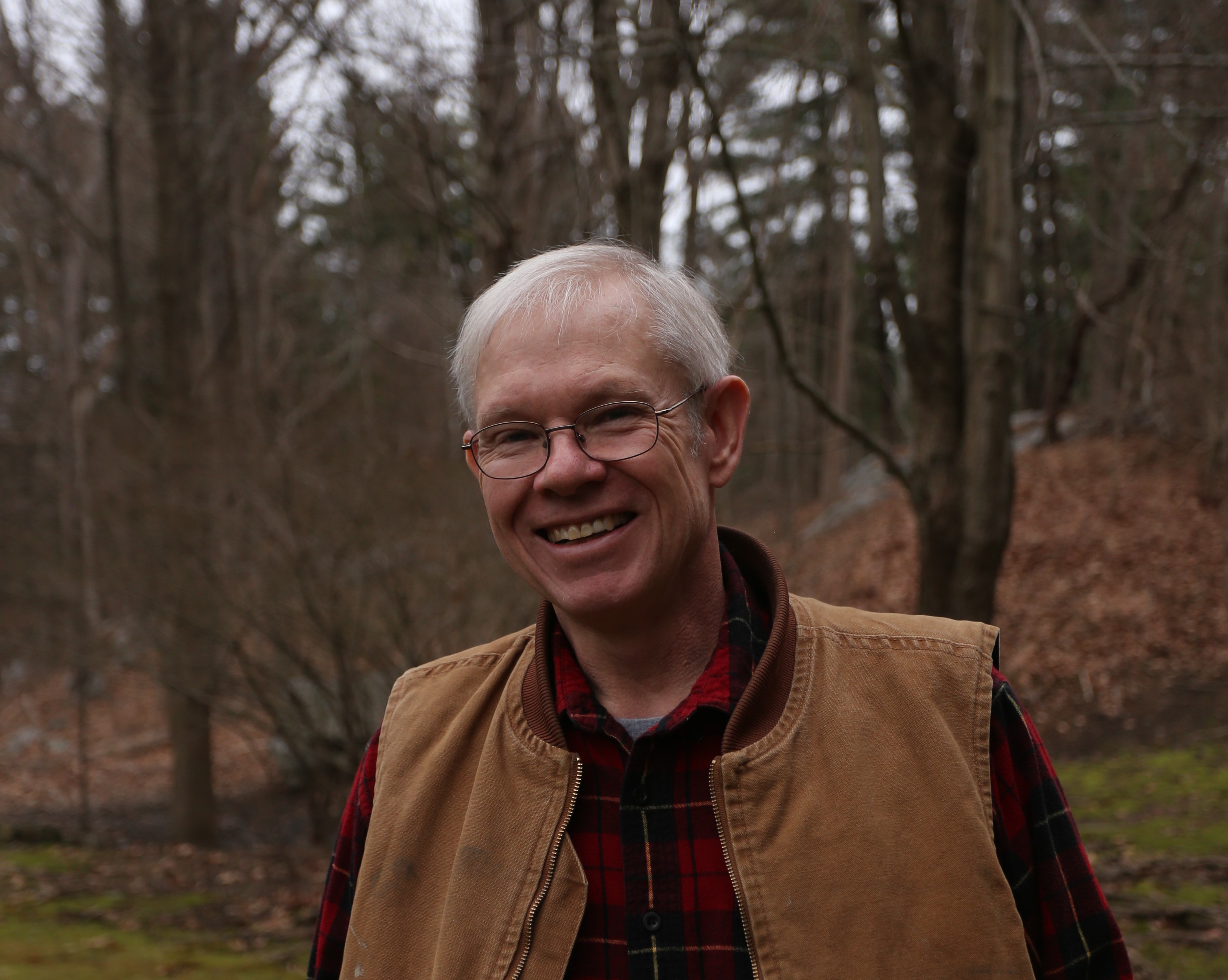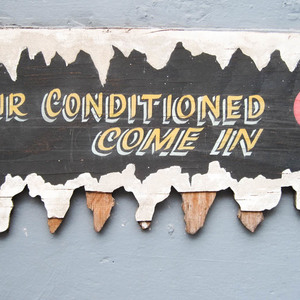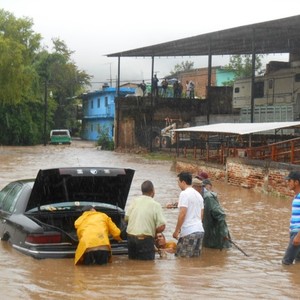
Last Tuesday, Tropical Storm Isaias blew through Connecticut. It was an interesting afternoon–we didn’t get much rain, but as I worked in the shop, I heard the 70 mph winds knocking over trees in the woods. It didn’t take long for that wind to also knock over trees along the road, which is of course where the power lines run. I’m writing this at 6 AM on Monday, nearly a week later. Our power just came back five hours ago, waking my wife and me up as our bedroom light, its useless switch in the on position for six days, split the night like a Paul Simon lyric. Throughout most of this time, 100% of my town had no power from the grid. We don’t have Internet yet, but at least I didn’t have to gas up the generator to make coffee today.
Boy, am I late with some writing assignments…
This is the fifth multi-day outage I can remember in the past ten years. The worst was in October, 2011, when 8 in. of snow fell at least a month ahead of schedule. The oaks and beeches, two of our most common trees, retain their leaves well into November. Heavy, wet snow accumulated on the foliage of the trees outside my bedroom. Twelve-inch branches broke from our oaks, resounding like a .30-06 shot. Beeches that didn’t simply break bent over in arcs, their tops touching the ground. That time it took 11 days to get power back.
I grew up in a rural part of New Jersey (Yes, they exist, or did in the 1960s and 1970s). Like where I live now, the area was heavily wooded. I don’t remember a single multi-day outage in the 35 years I lived there.
Resilience and context get us through
I…
Weekly Newsletter
Get building science and energy efficiency advice, plus special offers, in your inbox.

This article is only available to GBA Prime Members
Sign up for a free trial and get instant access to this article as well as GBA’s complete library of premium articles and construction details.
Start Free TrialAlready a member? Log in















2 Comments
Insurance costs for covering buildings has to increase as the number and cost of claims increase. At some point insurance will either be unavailable or not affordable. The recent Derecho storm is a large scale disaster with estimated costs in the billions.
https://www.washingtonpost.com/weather/2020/08/19/iowa-derecho-hurricane/
" It didn’t take long for that wind to also knock over trees along the road, which is of course where the power lines run. "
The mid-Atlantic suburbs had a huge issue with this, rendering their utility companies some of the most hated firms in the nation. Far north enough to occasionally get serious snow/ice, but far south enough that it wasn't enough of a constant to force the lines to be buried. There were several times in the 90's that we went several weeks without power. They largely resolved this most of a decade ago with an aggressive tree-removal plan near the lines.
" It could be that more trees have matured, and like people, break more easily with age."
This is absolutely it. In my area, subdivisions planted in the 40's-70's are seeing moderate-growth-rate, spreading trees like red oak, sycamore, and red maple reach their full height. Subdivisions planted more recently are seeing the rapid-growers - tulip poplar, silver maple, and white pine top out. The suburbs have seen a great deal of afforestation over the years, and sturdy slow-growing trees like hickory and beech, have not been favored for planting.
"unless the Internet or the cell towers go down, which they did this go-around"
LEO satellite internet is going to change that completely, achieving full network coverage over the next 18 months and then scaling up from there to high user density. Probably even resilient to partial tree shading, if they let you get flexible with the (constantly moving, motorized) antennas. You could see a cell tower using this network for emergency back-haul, as well. No idea what they can do for ice/snow accumulation.
"High-performance homes can go a long time without winter heat or summer cooling. Grid-agnostic power systems simply don’t care whether the local power company was adequately prepared for the storm. "
To make this genuinely feasible, I'd like to see two things that appear to be almost nonexistent so far: Thermal storage tanks, and strategies for weatherizing solar panels. Thermal stores let you get by a day or a week with 99th percentile weather circumstances, or give you better quality of life during an outage, or act as a buffer to let you run a boiler on external fuel or operate a heat pump without short-cycling. Solar panels could perhaps turn vertical in the snow to prevent accumulation (also hail-protective), or perhaps melt it off. Shovelling/brushing it off can't be good for them in the long term, we're hoping they'll last decades.
Log in or become a member to post a comment.
Sign up Log in